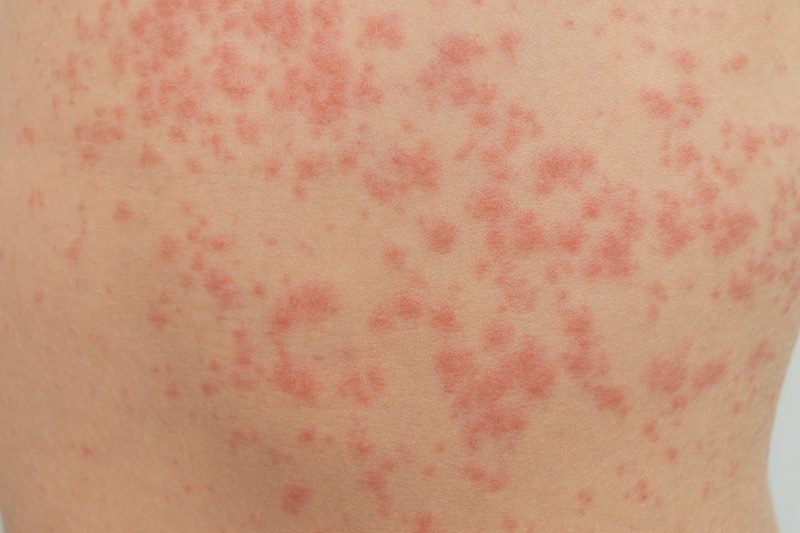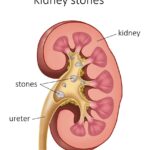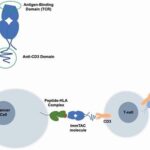Urticaria, commonly known as hives, is a dermatological condition marked by transient, pruritic wheals or swellings on the skin due to plasma leakage from small blood vessels. These eruptions are typically red or skin-colored and often accompanied by intense itching. Globally, urticaria affects approximately 20% of individuals at some point in their lives. It is classified into acute (lasting <6 weeks) and chronic (lasting ≥6 weeks) forms, with chronic urticaria often linked to autoimmune or idiopathic causes.

Types of Urticaria: Clinical Classification
| Type | Characteristics | Duration |
|---|---|---|
| Acute Urticaria | Triggered by infections, foods, or drugs; resolves <6 weeks | Short-term |
| Chronic Spontaneous Urticaria (CSU) | No identifiable external trigger; persistent or recurrent | ≥6 weeks |
| Chronic Inducible Urticaria (CIU) | Triggered by physical stimuli like pressure, cold, heat, or vibration | ≥6 weeks |
| Angioedema | Deep swelling affecting eyelids, lips, or mucosa, often with urticaria | Variable |
Causes and Triggers of Urticaria
Immunologic Triggers
- IgE-mediated allergies: Foods (nuts, shellfish), drugs (penicillin, NSAIDs), insect stings
- Autoimmune responses: Autoantibodies against FcεRIα receptors on mast cells and basophils
Non-Immunologic Triggers
- Infections: Viral (hepatitis, EBV), bacterial (streptococcus, H. pylori), parasitic
- Physical stimuli: Pressure, cold, heat, sunlight, water, vibration, exercise
- Psychological stress: Enhances mast cell degranulation
Pathophysiology of Urticaria
Urticaria results from the activation and degranulation of mast cells in the skin, releasing histamine and other inflammatory mediators. This leads to vasodilation, increased vascular permeability, and sensory nerve activation, manifesting as wheals and pruritus.
Clinical Manifestations of Urticaria
- Wheals: Raised, erythematous, edematous lesions with central pallor
- Pruritus: Intense itching, often worse at night
- Angioedema: Painful swelling of lips, eyes, genitalia; can affect airways
- Distribution: Can appear anywhere; migratory pattern with lesions resolving within 24 hours without scarring
Diagnostic Approach to Urticaria
Urticaria is primarily diagnosed clinically. However, for chronic or recurrent presentations, the following evaluations are recommended:
Patient History
- Onset and duration
- Possible triggers (foods, medications, environmental exposure)
- Associated systemic symptoms
Laboratory Investigations
| Test | Purpose |
|---|---|
| CBC with differential | Rule out infection or eosinophilia |
| ESR/CRP | Detect systemic inflammation |
| TSH and anti-TPO antibodies | Evaluate for autoimmune thyroid disease |
| ANA | Screen for systemic lupus erythematosus |
| Skin prick or patch testing | Identify specific allergens |
| ASST (Autologous Serum Skin Test) | Detect autoimmune urticaria |
Differential Diagnoses
- Erythema multiforme
- Vasculitis (urticarial vasculitis)
- Atopic dermatitis
- Drug eruptions
- Mastocytosis
Treatment of Urticaria: Evidence-Based Management
First-Line Therapy
- Non-sedating H1-antihistamines (e.g., cetirizine, loratadine, fexofenadine): Mainstay of therapy
Up-Dosing Antihistamines
- For inadequate response, doses may be increased up to fourfold under clinical supervision
Second-Line Options
- H2-antihistamines (e.g., ranitidine) – adjunctive
- Leukotriene receptor antagonists (e.g., montelukast) – especially useful in NSAID-sensitive patients
- Systemic corticosteroids – short-term use in severe exacerbations only
Advanced Therapy
| Medication | Indication |
|---|---|
| Omalizumab (Xolair) | Chronic spontaneous urticaria unresponsive to antihistamines |
| Cyclosporine | Severe, refractory cases |
| Dupilumab | Investigational for urticaria with atopic features |
Management of Angioedema and Anaphylaxis
Angioedema involving the respiratory tract or associated with systemic signs mandates emergency intervention:
- Epinephrine IM for anaphylaxis
- Airway protection
- IV corticosteroids and antihistamines
Lifestyle and Preventive Strategies
- Avoid known triggers
- Wear loose clothing to reduce dermographism
- Maintain stress-relieving routines
- Keep a symptom and trigger diary for patterns
Prognosis and Disease Course
- Acute urticaria typically resolves within days to weeks
- Chronic urticaria may persist for months or years, but about 50% of patients experience remission within 1 year
- Autoimmune urticaria tends to be more persistent and challenging to treat
Frequently Asked Questions:
What is the main cause of urticaria?
Urticaria often results from allergic reactions, infections, autoimmune diseases, or physical stimuli. In chronic cases, no clear cause may be found.
How long does urticaria last?
Acute urticaria resolves in less than six weeks; chronic urticaria persists longer and may fluctuate in intensity.
Is urticaria contagious?
No, urticaria is not contagious and cannot be transmitted from one person to another.
Can stress cause urticaria?
Yes, psychological stress can trigger or exacerbate chronic urticaria in predisposed individuals.
Is there a permanent cure for chronic urticaria?
While many cases resolve over time, management focuses on symptom control. Advanced therapies like omalizumab can significantly reduce episodes.

